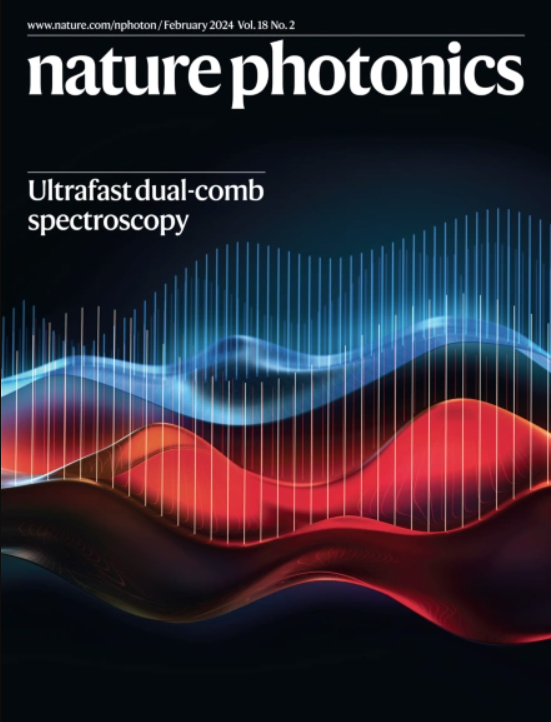Waveform-controlled field synthesis of sub-two-cycle pulses at the 100 TW peak power level
IF 32.9
1区 物理与天体物理
Q1 OPTICS
引用次数: 0
Abstract
Ultrahigh peak-power laser systems with pulse durations of tens of femtoseconds are widely used as drivers for compact sources of particles and secondary radiation. Conversely, lasers with shorter (a few femtoseconds) pulse durations and lower peak powers enable the generation of isolated attosecond light pulses to study nature with unparalleled temporal resolution. Here we report an enhanced optical parametric chirped pulse amplifier system that produces light pulses with a peak power of about 100 TW and a pulse duration as short as 4.3 fs with full waveform control. Coherent field synthesis generates a broadband spectrum, spanning from the visible to the near infrared, through three cascaded amplification stages, each housing two optical parametric amplifiers that sequentially boost complementary spectral regions. The resulting light transients are waveform-stabilized to <300 mrad and focused to an intensity of 1021 W cm−2 and exhibit an outstanding high dynamic range in temporal contrast. Together, these characteristics render the system well suited for demanding relativistic laser–plasma experiments. Utilizing temporal super-resolution, the pulses are shortened to sub-4-fs duration. This platform is dedicated to advancing the frontiers of attosecond electron and X-ray sources. A broadband cascaded amplification scheme enables the generation of intense near-single-cycle pulses with excellent temporal contrast and waveform control.


100 TW峰值功率下亚两周脉冲的波形控制场合成
脉冲持续时间为几十飞秒的超高峰值功率激光系统被广泛用于紧凑粒子源和二次辐射源的驱动。相反,具有较短(几飞秒)脉冲持续时间和较低峰值功率的激光器能够产生孤立的阿秒光脉冲,以无与伦比的时间分辨率研究自然。本文报道了一种增强型光参数啁啾脉冲放大系统,该系统产生的光脉冲峰值功率约为100 TW,脉冲持续时间短至4.3 fs,具有全波形控制。相干场合成通过三个级联放大级产生从可见光到近红外的宽带频谱,每个级联放大级包含两个光学参数放大器,依次增强互补光谱区域。由此产生的光瞬态波形稳定到<;300 mrad,聚焦到1021 W cm−2的强度,并在时间对比中表现出出色的高动态范围。总之,这些特性使该系统非常适合要求苛刻的相对论性激光等离子体实验。利用时间超分辨率,脉冲缩短到4秒以下的持续时间。该平台致力于推进阿秒电子和x射线源的前沿。
本文章由计算机程序翻译,如有差异,请以英文原文为准。
求助全文
约1分钟内获得全文
求助全文
来源期刊

Nature Photonics
物理-光学
CiteScore
54.20
自引率
1.70%
发文量
158
审稿时长
12 months
期刊介绍:
Nature Photonics is a monthly journal dedicated to the scientific study and application of light, known as Photonics. It publishes top-quality, peer-reviewed research across all areas of light generation, manipulation, and detection.
The journal encompasses research into the fundamental properties of light and its interactions with matter, as well as the latest developments in optoelectronic devices and emerging photonics applications. Topics covered include lasers, LEDs, imaging, detectors, optoelectronic devices, quantum optics, biophotonics, optical data storage, spectroscopy, fiber optics, solar energy, displays, terahertz technology, nonlinear optics, plasmonics, nanophotonics, and X-rays.
In addition to research papers and review articles summarizing scientific findings in optoelectronics, Nature Photonics also features News and Views pieces and research highlights. It uniquely includes articles on the business aspects of the industry, such as technology commercialization and market analysis, offering a comprehensive perspective on the field.
 求助内容:
求助内容: 应助结果提醒方式:
应助结果提醒方式:


